1982-1992 : The Republic of Cameroon In Place
- Par Emmanuel
- 16 May 2022 10:49
- 0 Likes
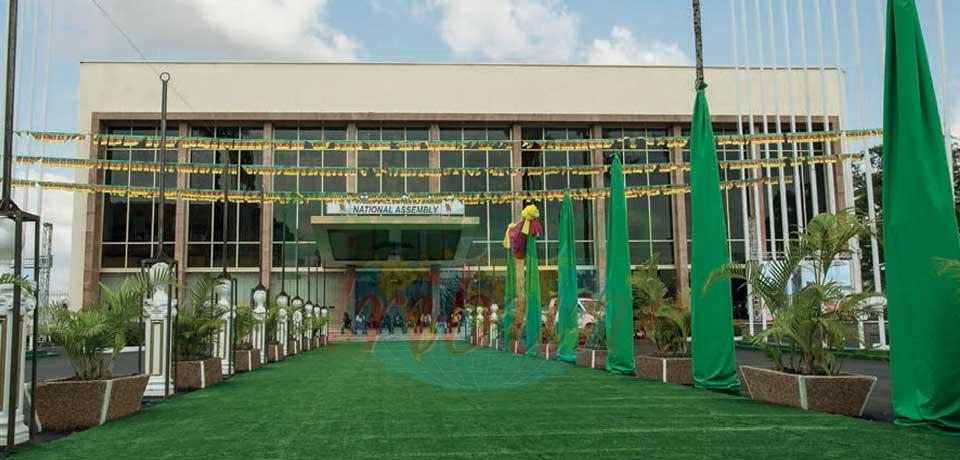
The series of political evolutions during this period culminated in the rebirth of multiparty politics in Cameroon.
On the strength of the constitutional amendment of 1979 making the Prime Minister the successor of the President of the Republic in case of the President’s death or physical incapacity, President Paul Biya who was appointed Prime Minister of the United Republic of Cameroon in 1975 became the President of the country in November 1982.
The then President Ahmadou Ahidjo on November 4, 1982, announced over Radio Cameroon that he had resigned his duties as the Head of State of the United Republic of Cameroon. As Victor Julius Ngoh stated in his book, “History of Cameroon Since 1800”, President Ahidjo called on, “all Cameroonians to give their full confidence and whole-hearted support to his constitutional heir, the then Prime Minister, Paul Biya.” Following the constitutional succession, Paul Biya took the oath of office as the new President of the United Republic of Cameroon on November 6, 1982.
In 1983,the United Republic of Cameroon was subdivided from the hitherto seven provinces to 10 provinces. President Ahidjo who upon resignation from the post of the Head of State, maintained the position of the Chairman of the lone political party, Cameroon National Union (CNU) also resigned from being the party chairman. An extraordinary congress of the party took place in Yaounde and President Paul Biya was elected the new Chairman of the CNU.
Then came 1984 which was a decisive year in the march towards the unity of Cameroon. President Paul Biya during the session of the National Assembly tabled bills on pertinent reforms of the Constitution. On February 4, 1984 he passed the law enacting the reforms voted by the National Assembly. One of the key reform was the transformation of the country from the United Republic of Cameroon to the Republic of Cameroon. The law also saw the post of Prime Minister abolished. The President of the National Assembly was empowered to take over the running of the country in case the President was incapacitated or impeached by the Supreme Court. However, the acting President could not modify the constitution, form a government, call a referendum or be candidate in a presidential election which he was empowered to organise. On January 14, 1984, a presidential election took place and President Biya who won 99.98 per cent of the votes cast was sworn-in for the second mandate as the Pres...
Cet article complet est réservé aux abonnés
Déjà abonné ? Identifiez-vous >
Accédez en illimité à Cameroon Tribune Digital à partir de 26250 FCFA
Je M'abonne1 minute suffit pour vous abonner à Cameroon Tribune Digital !
- Votre numéro spécial cameroon-tribune en version numérique
- Des encarts
- Des appels d'offres exclusives
- D'avant-première (accès 24h avant la publication)
- Des éditions consultables sur tous supports (smartphone, tablettes, PC)






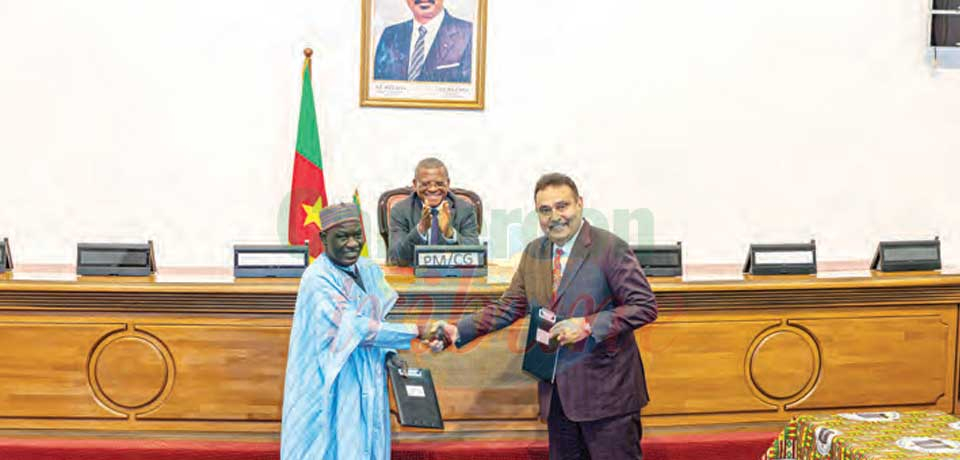
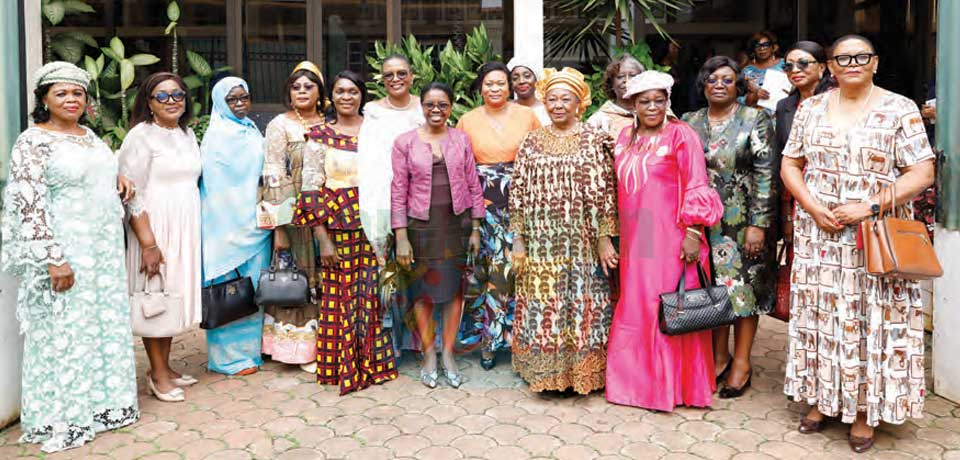
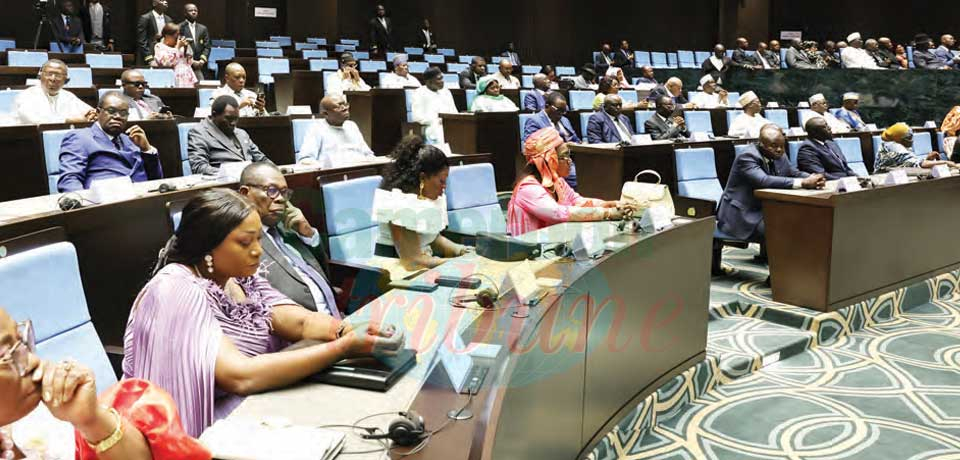
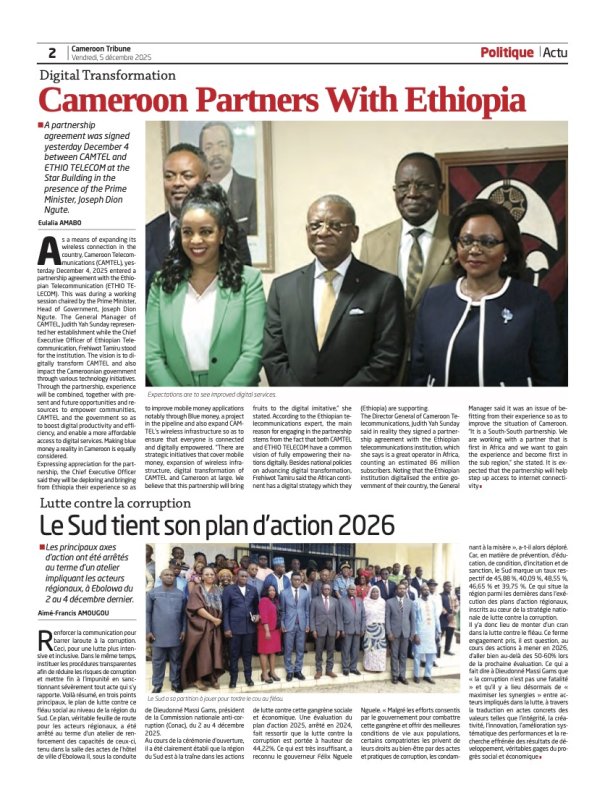




Commentaires